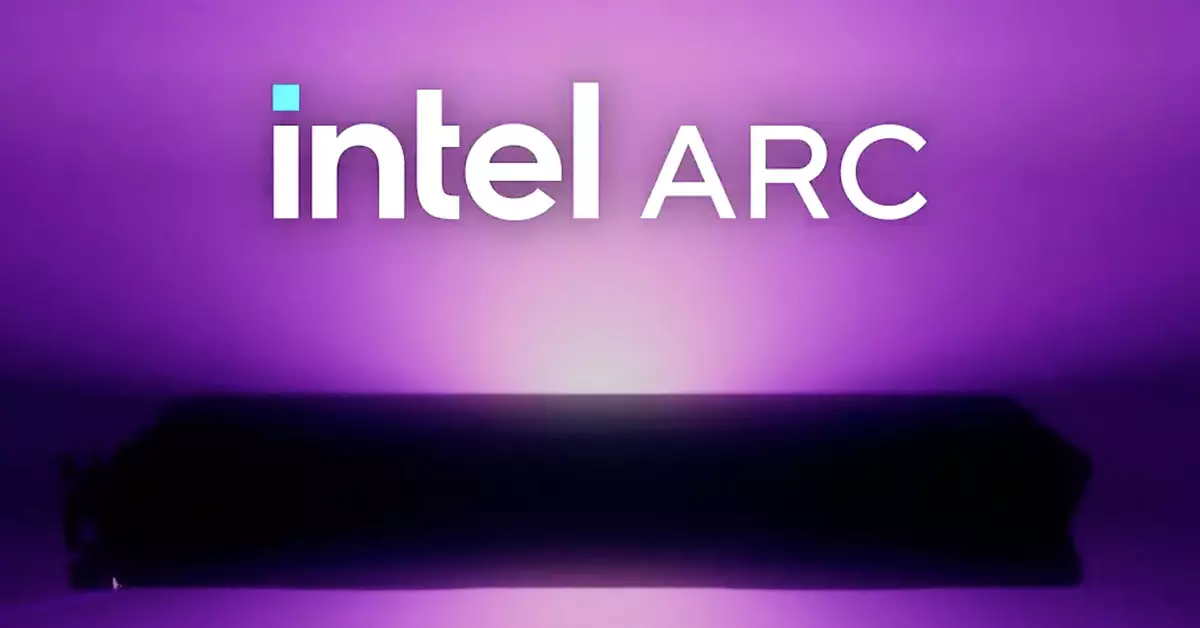As the realm of graphics cards becomes increasingly competitive, Intel is gearing up to launch its latest offerings, the entry-level Battlemage GPUs. Expected to debut shortly, these new units signal an ambitious push by Intel to carve a niche in a market largely dominated by established players like NVIDIA and AMD. With recent leaks hinting at specific features of the Arc B570 and its more powerful sibling, the Arc B580, enthusiasts are eager to see how these cards stack up against their competitors.
Recent leaks from reputable sources, including marketing materials by leaker Roland Quandt, provide a tantalizing glimpse into the potential specifications of these GPUs. The Arc B570 is rumored to possess 18 Xe2 cores and come equipped with 10GB of GDDR6 VRAM, all functioning on a 160-bit memory bus. With an operational clock speed of 2.6GHz and support for modern outputs like HDMI 2.1 and DisplayPort 2.1, the specifications appear robust for an entry-level model. Meanwhile, its more robust counterpart, the Arc B580, is anticipated to bring a stronger performance to the table, boasting 20 Xe2 cores, 12GB of GDDR6 VRAM on a 192-bit memory bus, and a slightly higher clock speed of 2.8GHz.
The suggestion that both cards utilize an 8-pin PCIe power connector further assists in positioning them as viable competitors in a price-sensitive market. This attention to detail implies that Intel aims to optimize these cards for gaming and creative workflows that demand efficient performance without the heft of high-end pricing.
One aspect that stands out is Intel’s strategic pricing. While the exact cost of the new GPUs remains undisclosed, preliminary listings suggest an attractive price point for the Arc B580, potentially set at around $250. This positions it significantly lower than NVIDIA’s RTX 4060 Ti, which retails at $399, and AMD’s Radeon RX 7600, priced at $269. By targeting budget-conscious gamers and professionals, Intel seems prepared to undercut its rivals, thereby enticing users who are keen on performance without the premium tag.
Such a strategy could significantly impact market dynamics. Historically, both NVIDIA and AMD have had a firm grip on the mid-range segment, where many gamers operate. Intel’s aggressive pricing combined with the highlighted specs could usher in a new wave of interest, especially if the Battlemage GPUs can deliver solid performance benchmarks during real-world testing.
With the official announcement slated for December 3rd, anticipation is building among tech enthusiasts and gamers alike. Intel’s entry into the graphics market is a pivotal moment that could redefine dynamics in the industry. If the specs hold true and the performance matches expectations, we may soon see an exciting shift in the graphics card landscape. As Intel steps into this arena, the implications for consumers could be profound—more options, competitive pricing, and an overall elevation in the quality and capability of GPUs available in mainstream markets could lie ahead. Only time will tell how well these new chips perform in practice and whether they can secure a lasting legacy in the gaming world.


Leave a Reply